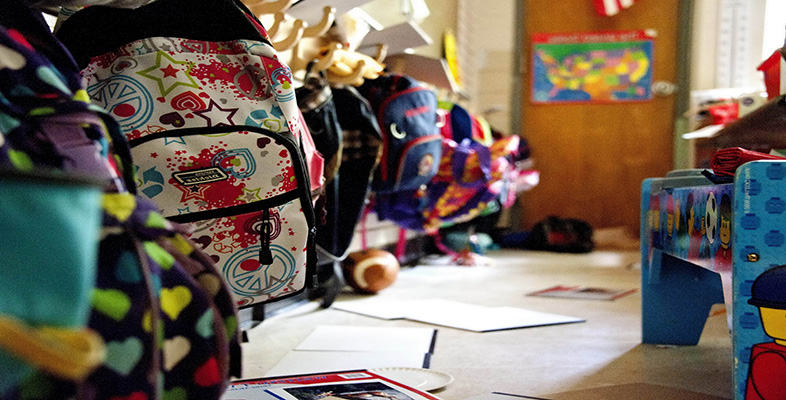3.1 Focusing on practice
Caroline Higham is relatively new to the role of full-time teaching assistant. She has two children who were educated at the school where she is employed. Caroline would eventually like to be a qualified teacher and she is studying to complete a relevant degree on a part-time basis.
Over the few years that Caroline has been at the school, her role has grown both in the number of hours that she works and in the nature of her responsibilities. She now has considerable responsibility for organising and maintaining the school’s reading programme and she works closely with the head teacher, who is responsible for this area of the curriculum. Caroline is involved in the refitting of the school’s library and the purchase of new library books. She enjoys her associated responsibility for children’s progress and attainment. She keeps records of the individual children she supports, and she updates these at the end of each school day and shares them with staff.
Caroline has gained many insights into individual children’s learning and the barriers to learning that they might experience. Parents often ask her for advice, so she has to judge when to pass their requests to teaching staff. In her own area in the school, where she sometimes works with small groups of children or with individuals, the atmosphere is welcoming and there are stimulating displays on the walls.
Activity 5 Providing support
Read Reading 2 [Tip: hold Ctrl and click a link to open it in a new tab. (Hide tip)] , ‘Support in a mathematics lesson’ by Jennifer Colloby (2013).
When you have read the extract, look at the following list of three HLTA standards:
- 3. Demonstrate the positive values, attitudes and behaviour they expect from children and young people
- 14. Understand the objectives, content and intended outcomes for the learning activities in which they are involved
- 22. Monitor learners’ responses to activities and modify the approach accordingly
Note in the box below the ways in which you think Caroline exemplifies the three selected standards.
Discussion
Table 1 shows what we thought.
| HLTA standard | Caroline’s practice |
|---|---|
| 3. Demonstrate the positive values, attitudes and behaviour they expect from children and young people | The way in which Caroline goes about her support role suggests that she has the skills to keep children on task when necessary, to confirm their achievements, and to ensure that her group is engaging with the planned activities. |
| 14. Understand the objectives, content and intended outcomes for the learning activities in which they are involved | She displays a sense of purpose about the lesson through her interactions with and directions to children. This is revealed in her knowledge of the purpose of the lesson and her awareness of the tasks that children need to complete. |
| 22. Monitor learners’ responses to activities and modify the approach accordingly | At all times Caroline shows a good awareness of what each member of her group is doing. She makes adjustments to her interactions and support based on the children’s changing needs. |
Standards – whether national occupational standards for teaching assistants, HLTA standards, or those related to the award of QTS – often contain several ideas and practices. For instance, HLTA Standard 14 above contains three ideas with regard to lessons. When standards are matched to practice, judgements must be made about whether certain examples of practice qualify for a full or partial claim and how much evidence of successful practice is required for a standard to be met. From the description of Caroline’s practice in the extract, it seems that she could claim competence in the three standards listed in the table.

